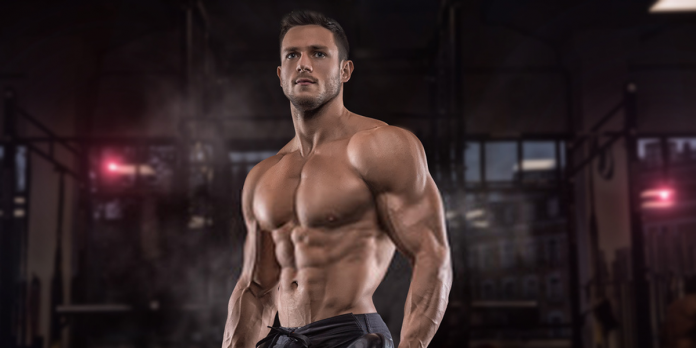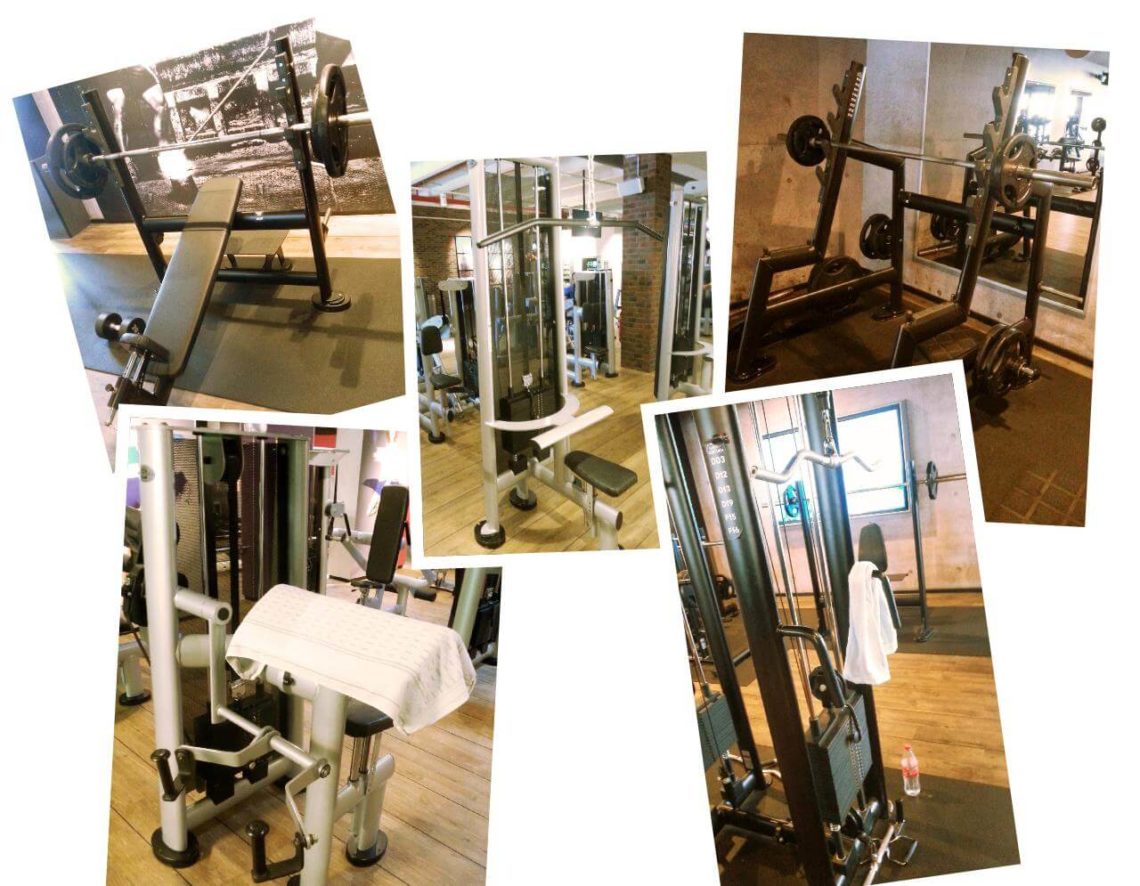
3-part split training plan for advanced users
Welcome to a new post on my blog. Today I would like to introduce you to a 3-part split training plan for advanced users, which worked very well for me and with which I trained myself for some time.
You have no idea how to structure your training? Read my article
"How can I create a good training plan?“
Why a 3 split?
As an advanced trainee you have meanwhile been able to increase your training weights significantly since the beginning. Now you want to train every muscle group much harder, but are you just tired and exhausted after 1 to 1.5 hours of strenuous training? A well-put together 3-way split will help you here.
The advantage of the 3 split is that all exercises with which you train your muscles are divided into 3 independent training days. Each day combines a large muscle group with a non-muscle group. Finally, you do something for your core with abdominal exercises, i.e. the middle of your body and your sixpack.
An Day 1 you train your chest along with biceps and abs.
Day 2 combines back exercises with exercises for the triceps and abs and
an Day 3 you train your legs, shoulders and abs.
Take a day or two off between the individual training days, as time allows and your body needs recovery.
For whom is a 3-way split worthwhile?
A 3-way split is definitely worthwhile for any advanced user. You should, though regularly 3 days a week go to the gym. Even with 2 training days per week, a 3 split can make sense. The prerequisite is of course that the respective muscle group is stimulated sufficiently hard during training. If you really can't manage to go to the gym at least 2 times a week or better 3 times, you are surely on a full-body training plan (Also read my article "Great results with this full-body training plan!") or a 2-way split better.
Now we come to the training plan:
Triple split for advanced / higher performance level
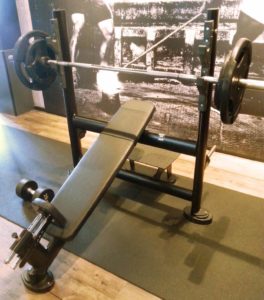
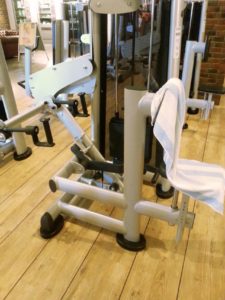
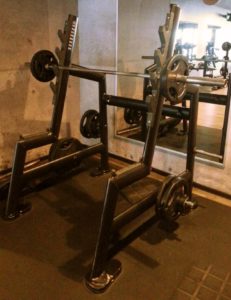
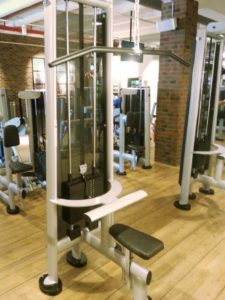




| 1. Incline bench press with dumbbells / barbell | 2 warm-up sets, 3 heavy sets, 10-12 reps |
| 2. Flying with dumbbells | 2 warm-up sets, 3 heavy sets, 10-12 reps |
| 3. Free dips with body weight | 3 sentences |
| 4. Concentration Curl | 2 warm-up sets, 3 heavy sets, 10-15 reps |
| 5. Hammercurl | 2 warm-up sets, 3 heavy sets, 10-15 reps |
| 6. Crunch | As many reps as possible |
| 7. Leg raises | As many reps as possible |
| 8. Riding a bicycle lying down | As many reps as possible |
The first day of training of 3er Split combines exercises for the muscle groups chest and biceps.
4. Concentration Curl: The first of two exercises for your biceps, i.e. the front of your upper arm, is the concentration curl. You perform this exercise while sitting, your elbow leaning against your inner thigh. As a free exercise with dumbbells, in contrast to the biceps machine, you also need muscles for stabilization. This exercise increases the elevation of your shorter biceps head and makes your biceps appear larger.
5. Hammercurl: Your second exercise for the biceps is the hammer curl. You can do it with a dumbbell while standing or sitting. In contrast to the concentration curl, the hammer curl targets the longer muscle part of the biceps by changing the position of the hand in order to challenge your biceps more completely.
The abdominal training consists of 3 exercises:
6. Crunch: When crunching, you lie on your back with your thighs and calves angled about 90 degrees to each other. You only lift your upper body off the floor so that your lumbar vertebrae are always on the floor. This exercise targets the straight abdominal muscles with a focus on the upper muscles.
7. Leg raises: In leg raises, you lie on your back with your arms on the floor next to your body. Unlike crunch, you don't lift your shoulders, but move your legs up and down. This will target the lower part of your abs.
8. Riding a bike lying down: The last exercise for the stomach and the end of the training day is riding a lying bike. With him you lie on your back and alternately bring your left elbow to your right knee and your right elbow to your left knee. This exercise mainly targets your obliques.
| 1. Deadlift | 2-3 warm-up sets, 1 heavy set, 10-20 reps |
| 2. Wide grip lat pulldown | 2 warm-up sets, 3 heavy sets, 10 reps |
| 3. Row lat pulldown with a tight grip | 2 warm-up sets, 3 heavy sets, 10 reps |
| 4. Back extensor | 3 sets, 10-15 repetitions |
| 5. Latzug Pushdown SZ Stange | 2 warm-up sets, 3 sets, 10-12 repetitions |
| 6. Latzug Pushdown Seil | 2 warm-up sets, 3 sets, 10-12 repetitions |
| 7. Crunch | As many reps as possible |
| 8. Leg raises | As many reps as possible |
| 9. Ride a bike | As many reps as possible |
The second training day of the 3-way split combines exercises for the back and triceps muscle groups.
5. Latzug Pushdown SZ Stange: The first of two exercises for your triceps, i.e. the back of your upper arm, you do on the lat pulldown with pushdowns on the SZ bar. You grip less than shoulder width in the overhand grip. The curved shape of the SZ bar allows you to position your hands so that the strain on your wrists is less.
6. Latzug Pushdown Seil: The second exercise for your triceps is a rope pulldown pulldown. The rotated hand position allows you to strain your triceps in a different way than in pushdowns with an SZ bar.
The abdominal training consists of 3 exercises:
7. Crunch: When crunching, you lie on your back with your thighs and calves angled about 90 degrees to each other. You only lift your upper body off the floor so that your lumbar vertebrae are always on the floor. This exercise targets the straight abdominal muscles with a focus on the upper muscles.
8. Leg raises: In leg raises, you lie on your back with your arms on the floor next to your body. Unlike crunch, you don't lift your shoulders, but move your legs up and down. This will target the lower part of your abs.
9. Riding a bike lying down: The last exercise for the stomach and the end of the training day is riding a lying bike. With him you lie on your back and alternately bring your left elbow to your right knee and your right elbow to your left knee. This exercise mainly targets your obliques
| 1. Squat | 2-3 warm-up sets, 3 heavy sets of 10-15 reps |
| 2. Standing calf raises | 2 warm-up sets, 4-5 heavy sets of 10-15 reps |
| 3. Hamstrings | 2 warm-up sets, 3 heavy sets of 10-15 reps |
| 4. Leg stretcher | 2 warm-up sets, 3 heavy sets of 10-15 reps |
| 5. Shoulder press | 2 warm-up sets, 3 heavy sets of 10-15 reps |
| 6. Side raise machine | 2 warm-up sets, 3 heavy sets of 10-15 reps |
| 7. Crunch | As many reps as possible |
| 8. Leg raises | As many reps as possible |
| 9. Riding a bicycle lying down | As many reps as possible |
The third day of training of 3er Split combines exercises for the muscle groups legs and shoulders.
4. Leg stretcher: The leg extensor is the front of your leg. You have already trained them very well with the squats, but she was able to recover well through the time-out with exercises 2 and 3. Isolate them again with the help of the leg extension machine.
5. Shoulder press: Exercises for the shoulder are often underestimated. But they are especially important for men. If you want to look sporty and have a V-shape, your shoulders are important. They make your upper body wider and thereby make your waist appear narrower. In addition, the shoulders are involved in every movement of your arms! The first of two exercises for your shoulders is the shoulder press. You sit in the machine and push a weight upwards with your arms. This mainly goes to the large front shoulder head.
6. Side raise machine: Your second shoulder exercise is actually the more important one. Lateral raises hit the outside of your shoulder in particular, making you look wider. Exercise hard, but don't take too much weight. Rather, pay attention to good technique, little swing and a lot of repetitions.
The abdominal training consists of 3 exercises:
7. Crunch: When crunching, you lie on your back with your thighs and calves angled about 90 degrees to each other. You only lift your upper body off the floor so that your lumbar vertebrae are always on the floor. This exercise targets the straight abdominal muscles with a focus on the upper muscles.
8. Leg raises: In leg raises, you lie on your back with your arms on the floor next to your body. Unlike crunch, you don't lift your shoulders, but move your legs up and down. This will target the lower part of your abs.
9. Riding a bike lying down: The last exercise for the stomach and the end of the training day is riding a lying bike. With him you lie on your back and alternately bring your left elbow to your right knee and your right elbow to your left knee. This exercise mainly targets your obliques.

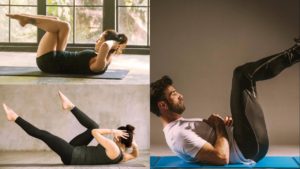
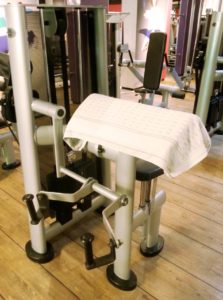




The advantage of this split
This 3-way split is put together in such a way that it offers as much relaxation for your muscles as possible. Because you know: Muscles grow after exercise, not during exercise. You train each muscle group hard once a week, while using them lightly for support on other training days. Let's take a closer look at this:
You train your chest and biceps on Monday for example (also jokingly called "International Chest Day", because for some inexplicable reason EVERYONE trains chest on Mondays. Be smart, train something different that day). Tuesday would then be training-free before you train your back and triceps on Wednesday on day 2. Here the pectoral muscles have a break and can recover. Thursday is another day off before you train your legs and shoulders on Friday or Saturday. Your chest is again slightly stressed during shoulder exercises, but has enough time to recover. After another 1 - 2 day break, she is fully rested again and you can train her again on training day 1.
Adjust this split to your needs
I trained for a long time myself after the 3-way split that I presented to you here. Chest with biceps and back with triceps were put together in order to be able to put more strain on the upper arms without pre-exhaustion. Of course, you can also train your chest and triceps and back and biceps if you want your arms to be pre-fatigued after the large muscle group. So you can take a longer break on the other days.
You can also adjust the number of sets and repetitions to suit your own needs. I myself vary phases with a little less weight and more repetitions and a little more weight and fewer repetitions.
I hope you were able to take a few tips and ideas for yourself from my 3-way split. Enjoy the training.
Did you like this article, have suggestions or want to say something?
Follow me on social media and write a comment! I look forward to your opinion.


You might be interested in that too
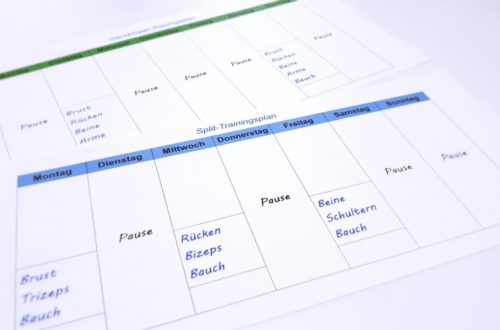
How can I create a good training plan?
30. June 2019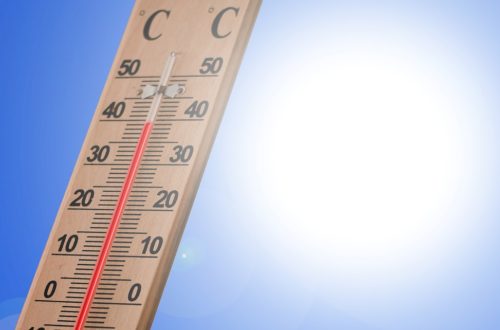
Sports in the heat? This is how you train properly at high temperatures
23. June 2019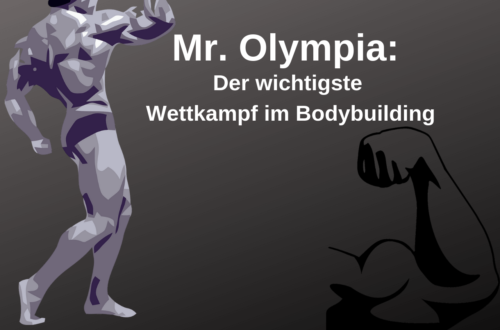
Mr. Olympia: The most important competition in bodybuilding
18. August 2019Latest posts
- Tampa Pro 2020: Results and Summary 18. August 2020
- Arnold Classic 2020: Results and Summary March 10, 2020
- How do I get back into training after a break from training? January 9, 2020
- Mr. Olympia 2019: Results and Summary 14. September 2019
- Mr. Olympia: The most important competition in bodybuilding 18. August 2019
